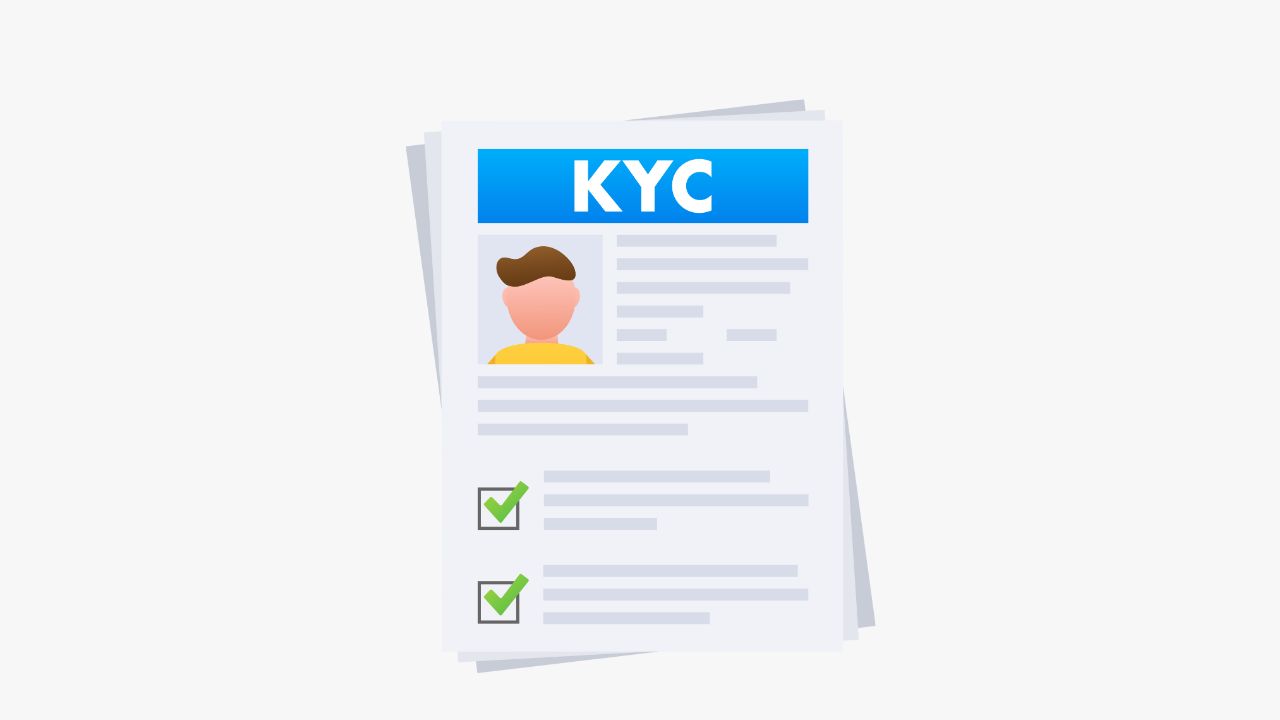Banks selling Unit Linked Insurance Plans (ULIPs) instead of mutual funds investments in India has been a topic of controversy and debate. While both ULIPs and mutual funds are investment vehicles, they have distinct features and serve different purposes.
Here’s a detailed exploration of how banks may sometimes sway investors towards ULIPs, the impact on investors, and how investors can protect themselves.
Understanding ULIPs vs. Mutual Funds:
- ULIPs: ULIPs are hybrid financial products that offer both investment and insurance components. A portion of the premium paid by the policyholder is allocated towards life insurance coverage, while the remaining amount is invested in various asset classes like equities, debt, or a combination of both.
- Mutual Funds: Mutual funds, on the other hand, are purely investment vehicles. They pool money from multiple investors and invest in a diversified portfolio of stocks, bonds, or other securities according to a specific investment objective.
How Banks May Promote ULIPs Over Mutual Funds:
- Higher Commissions: One reason banks may prefer selling ULIPs is the higher commissions they receive compared to mutual funds. ULIPs often come with hefty upfront charges and longer lock-in periods, leading to higher commissions for agents and banks.
- Misleading Marketing: Sometimes, banks might promote ULIPs as superior investment options without fully disclosing their drawbacks. They might emphasize the insurance component of ULIPs, portraying them as a comprehensive financial solution rather than focusing on the investment aspect.
3. Impact on Investors:
- Higher Costs: ULIPs typically come with higher costs in the form of premium allocation charges, policy administration charges, mortality charges, and fund management fees. These charges eat into the investor’s returns and can significantly reduce the overall investment growth.
- Complexity: ULIPs can be complex products, often with opaque fee structures and convoluted terms and conditions. Investors might not fully understand the product they’re investing in, leading to dissatisfaction or even financial losses down the line.
- Inadequate Returns: Due to the high charges associated with ULIPs, investors may end up with lower returns compared to mutual funds with similar underlying assets. This can hinder the investor’s ability to achieve their financial goals.
4. How Investors Can Protect Themselves:
- Educate Yourself: The first step to protecting oneself as an investor is to educate yourself about different investment options, including their features, risks, and costs. Understand the differences between ULIPs and mutual funds, and choose the option that aligns best with your financial goals and risk tolerance.
- Demand Transparency: Before investing in any financial product, insist on complete transparency regarding fees, charges, and potential returns. Read the offer document carefully, ask questions, and seek clarification if anything seems unclear or misleading.
- Compare Products: Don’t rely solely on the advice of bank representatives. Take the time to compare different investment products, including ULIPs and mutual funds, based on factors like costs, performance, and suitability to your investment objectives.
- Seek Professional Advice: Consider consulting with a qualified financial advisor who can provide unbiased guidance tailored to your individual financial situation. A good advisor will help you understand your options, weigh the pros and cons, and make informed investment decisions.
- Regularly Review Your Investments: Keep track of the performance of your investments and regularly review your portfolio to ensure it remains aligned with your financial goals and risk tolerance. Don’t hesitate to make changes if necessary, such as switching from ULIPs to mutual funds if you find better alternatives.
In conclusion, while ULIPs can be suitable investment options for some investors, banks promoting them over mutual funds without proper disclosure or understanding of the investor’s needs can lead to adverse outcomes.
Investors must arm themselves with knowledge, demand transparency, and seek professional advice to protect their interests and make informed investment decisions. By being proactive and vigilant, investors can mitigate the risks associated with biased recommendations and ensure their financial well-being in the long run.










